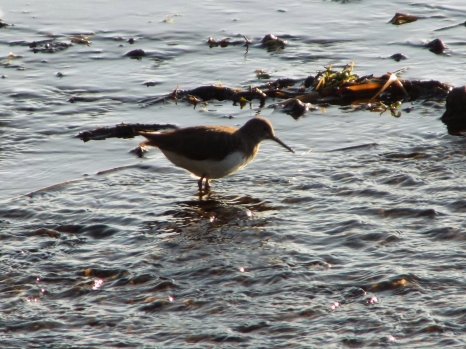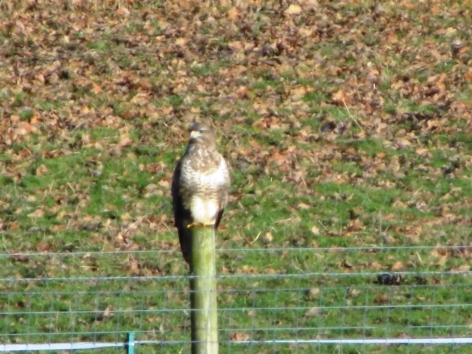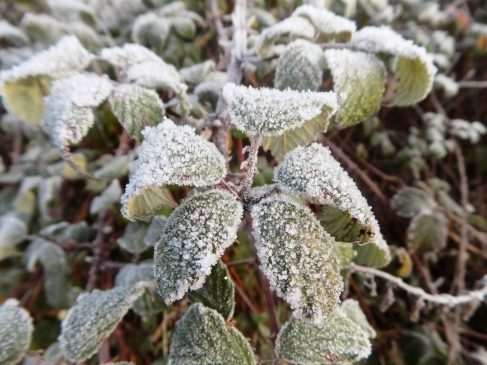I was out and about lots between Christmas and New Year so I’ve got plenty to share with you today. The local highlight was a green sandpiper on the River Avon. I’ve never seen one before but this individual was present every time I walked past.


It’s clearly a winter visitor and is obviously here to feed. The water level seems to be very low for the time of year (we’ve had little rain so far this winter) and I suspect the usual higher river levels would be unsuitable for the sandpiper.
I have also got to know the Avon roe deer herd better. They are very visible now that the grasses have died down significantly. In the photo below you can see five deer and the woods to the right of them is where I think they spend most of their time. There are usually deer somewhere near the woods and I even saw a small group cross the footpath only a few metres in front of me, heading back towards the woods.

Here’s a closer look at some of the deer. There colour actually makes them tricky to spot against the brown grass but the white tails are the thing that you have to look out for.

At this time of year deer embryos begin a new stage of development. For the first five months roe deer embryos remain unattached from the uterus and develop very slowly. Now the embryos will be implanting in the uterine wall and will start to develop quickly. Interestingly roe deer are the only species of deer that exhibit this trait.

Grey squirrels are very visible at the moment and certainly seem to be enjoying the local berries. They are at the beginning of their first breeding cycle of the year- they have two litters the first around February/March time and the second around June/July.

Buzzards are also really visible at the moment. I’ve been following one individual closely over the last few weeks and I’ve christened her Mary. She spends most of her time perched on posts on some farmland, surveying the area.

Buzzards are visible in trees and on lampposts all over the local area. I saw two on my twenty minute drive home this evening. They are magnificent birds and it’s lovely to see to be able to watch them so closely.

It’s a tough time for wildlife with cold temperatures overnight. We’ve had thick frost and freezing fog and this looks to be continuing into this week. The smaller mammals and birds will struggle to survive the colder temperatures and prey will be becoming increasingly scarce for predators. It must feel like Spring is a long way away now.


No comments:
Post a Comment